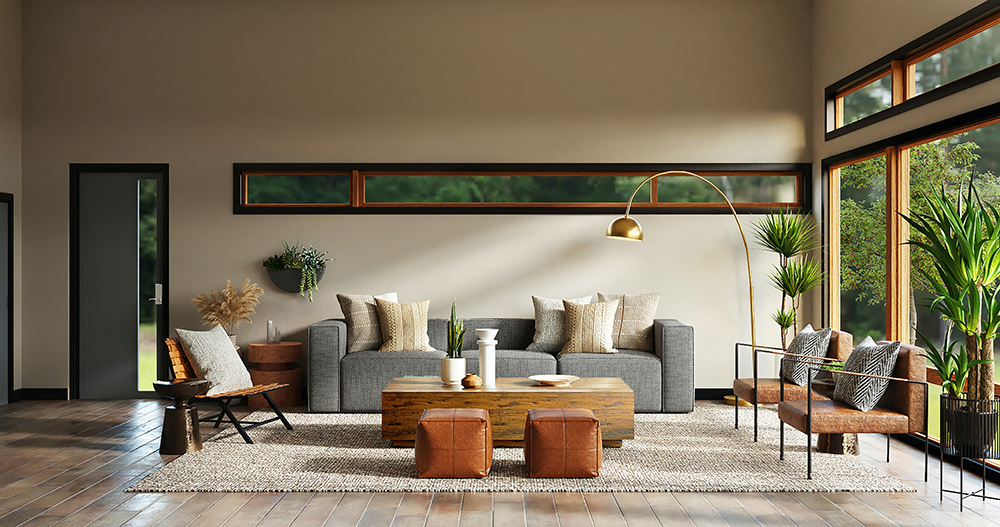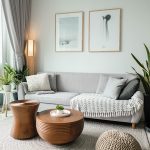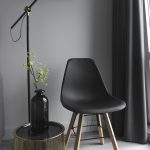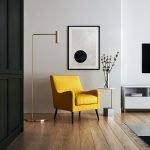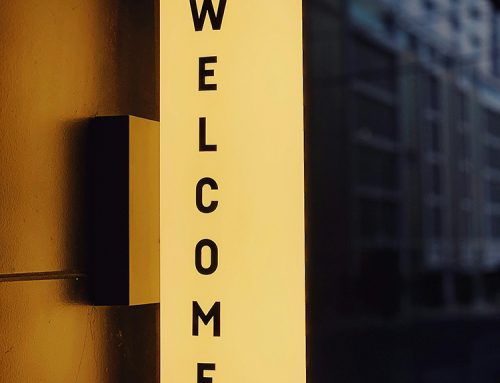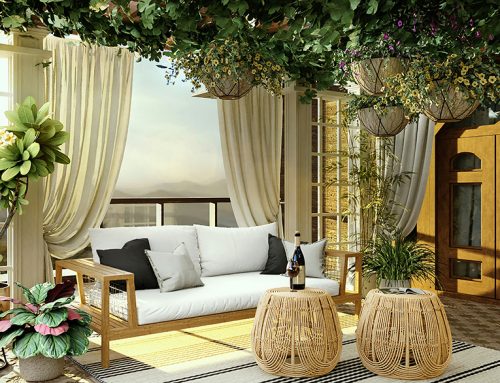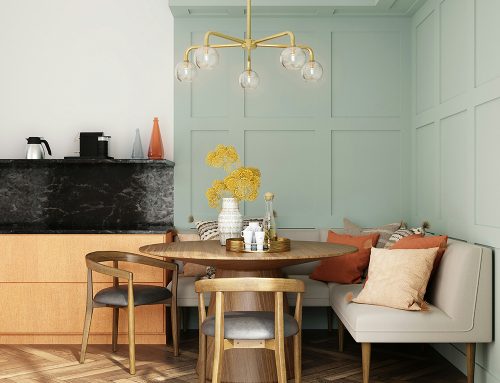This week we’re looking at how minimalism and minimalist design can help to create a peaceful sense of being. As we move through the seventh month of the year we’re taking some time to reflect – but first, we’re decluttering! Minimalism has been linked with positive mental health and as a beneficial approach to life. How do we do it? We can’t just get rid of all of our stuff! – So how do we get there?
Minimalism is about simplicity. When it comes to reworking a space, it’s important to notice the items and objects around you that no longer hold significant value to you. Unless something has a purpose or function it is no longer needed – the same rule can apply for habits or daily activities too, it’s all about paying attention to the things that bring you joy and are good for you.
“In general, minimalists experience less stress and anxiety and more happiness and fulfillment. Because they do not concern themselves with the minutiae of everyday life, they are able to get more out of meaningful habits and interactions.”
The role of designers in a minimalist scheme is crucial to ensure a space that functions well whilst being stunningly beautiful! A branch off modern interior design involving using the bare essentials to create a simple and uncluttered space. It’s characterised by simplicity, clean lines, and a monochromatic palette with colour used as an accent. We like to abide by the 3 Fs – Form, Focus and Function. Minimalism allows something other than the space itself to be the focus of attention – be it the users of the space or the view outside the window.
The architecture and design of a successful minimalist scheme needs to be clear and simple but not boring – where the use of light, form and high quality materials come into play. It doesn’t necessarily mean you need to get rid of that patterned rug you love or a colourful piece of artwork – instead, you can make them the focus of the room by simplifing and reducing everything around them.
Whatever you plan on doing – minimising is good for you!

